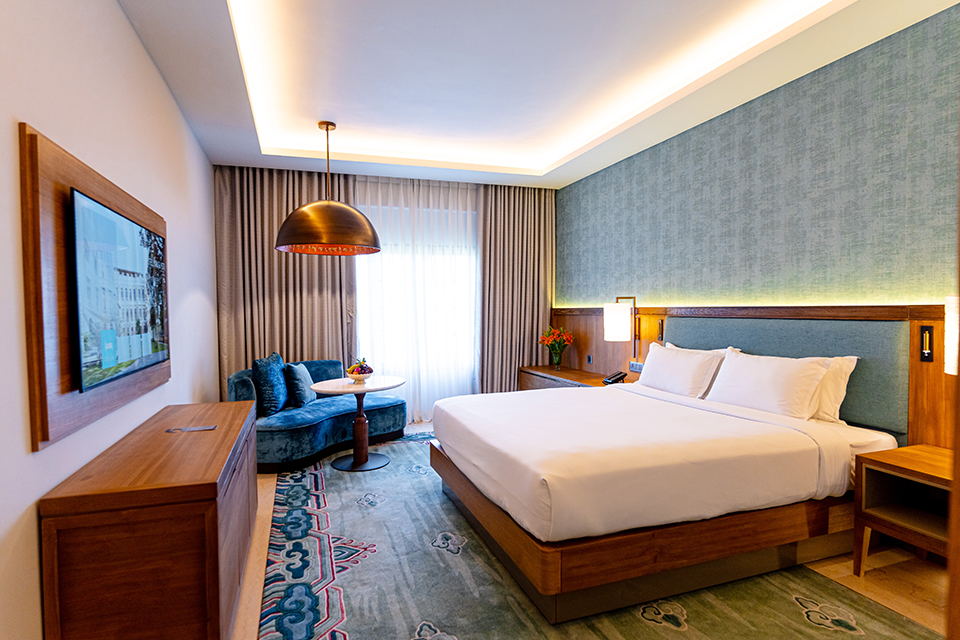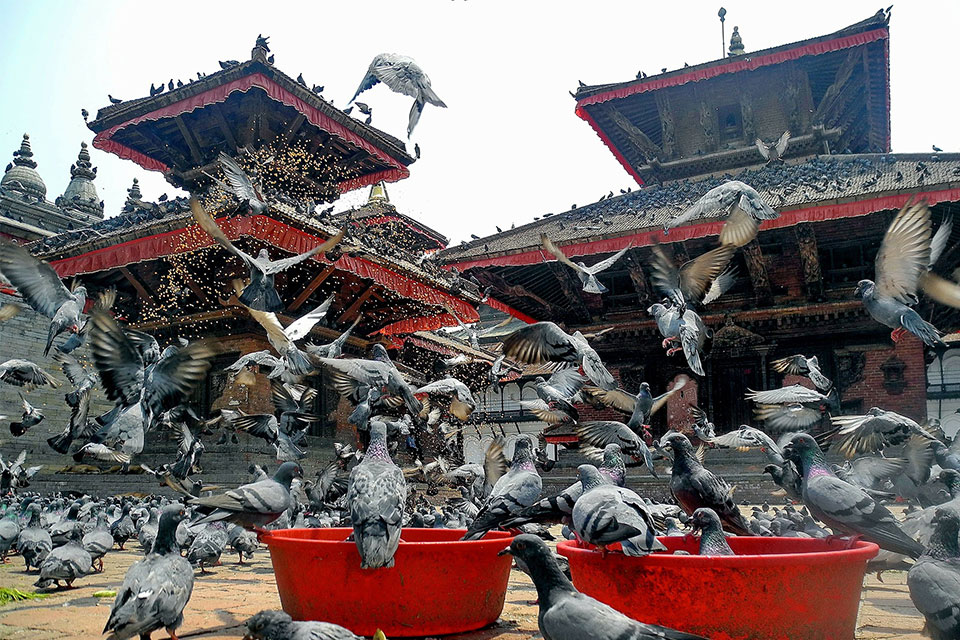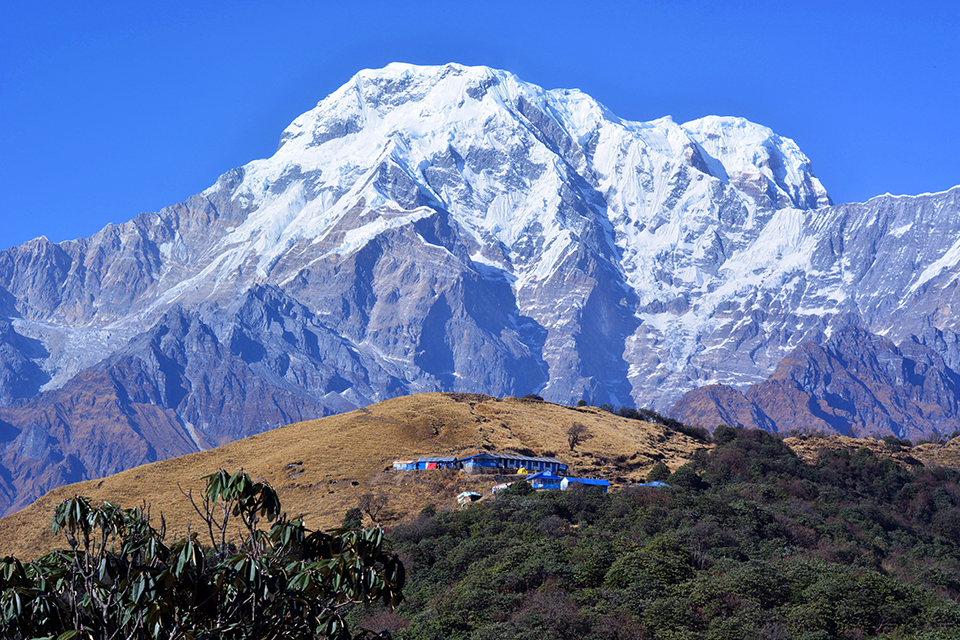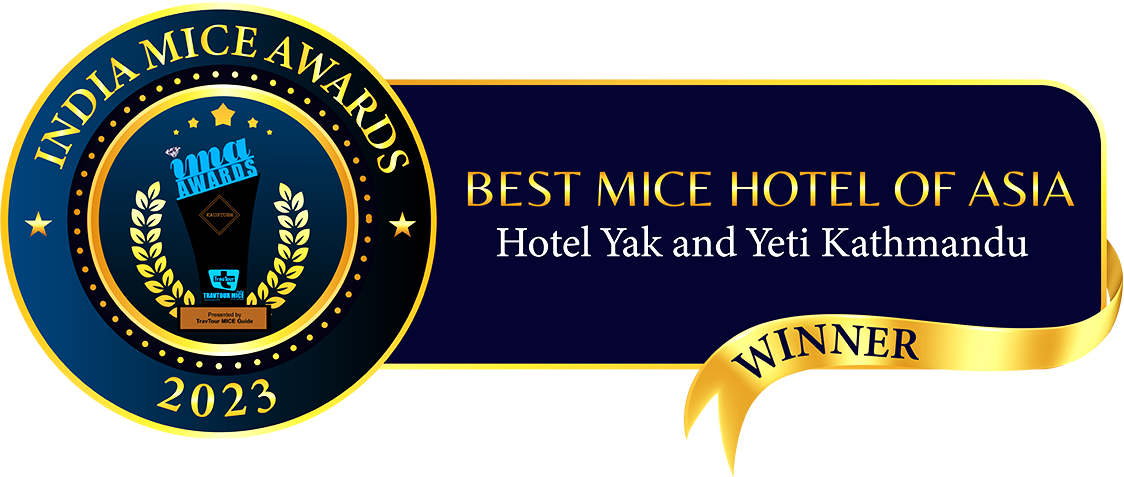Peaceful co-existence of Hinduism & Buddhism | Kathmandu
History
Kathmandu valley was once a giant lake until the waters were drained through the Chobhar gorge in the south west. Legend has it that Manjushree cut open an outlet at Chobhar and people settled in the fertile valley which was the beginnings of a whole new civilization. Art and music flourished in the 19th century largely patronized by royalty. The Newar population that inhabited the valley was to a large extent engaged in farming but they were and are also excellent artists, builders and craftsmen. They enjoy an unusually large number of religious festivals unique to the valley, during which they feast endlessly on cuisine quite different from that of other Nepalis. The valley was once ruled by herders known as Gopalas until they were ousted by the Kirantis who are said to have ruled for more than 5oo years. They were in power during the time of the Mahabharata. The Kirantis were finally conquered by the Lichhavis whose temples and water systems remain to this day.
Places to see: World Heritage Sites
Pashupatinath Temple
The holiest of Hindu shrines devoted to Lord Shiva, Pashupati draws the largest crowds of devotees and has vast tracts of land under its jurisdiction. The deceased are brought here for cremation along the banks of the Bagmati and many Hindu festivals bring devotees here for a dip in the river and to pay homage to their god Shiva. The largest crowds gather here for Shivaratri ‘the night of Shiva’ in the beginning of spring when along with devotees, sadhus (the holy men) arrive here in great numbers from India.
Boudha
The largest stupa in Nepal, Boudha is not very far from Pashupati and should be included in the same tour. This magnificent shrine has been an important pilgrimage site for Buddhists from around the world and especially from Tibet where Buddhism reached its pinnacle. In the vicinity of the stupa are many monasteries where hundreds of monks reside and foreigners take up courses in Buddhist studies. The largest crowds of devotees descend here for the Lhosar (the Tibetan New Year) festival in late winter or early spring.
Swoyambhu
Yet another powerful shrine and also one of the oldest, Swoyambhu is dominated by the Newar Buddhists. Perched atop a small hill, it is seen from most parts of the city and has a circular road around it for circumambulation where devotees are seen from early morning. A big draw for pilgrims from around the world, a near vertical staircase leads straight up to the stupa but there are also easier approaches. A great view of the city can be had from the shrine.
Durbar Square and the old Palace
One of the city’s major attractions, Durbar Square showcases the artistry of the Newar artisans going back many centuries. The square is a treasure trove of woodcarving and metal craft that embellish the windows and doors of the remarkable temples as well as the Hanuman Dhoka Palace (an image of the god Hanuman can be seen near the door (“dhoka” in Nepali). The palace houses interesting museums dedicated to the Shah kings and was once the seat of power where the coronation of these monarchs also took place until 2001 when the last king was crowned.
Website by: Curves n' Colors















